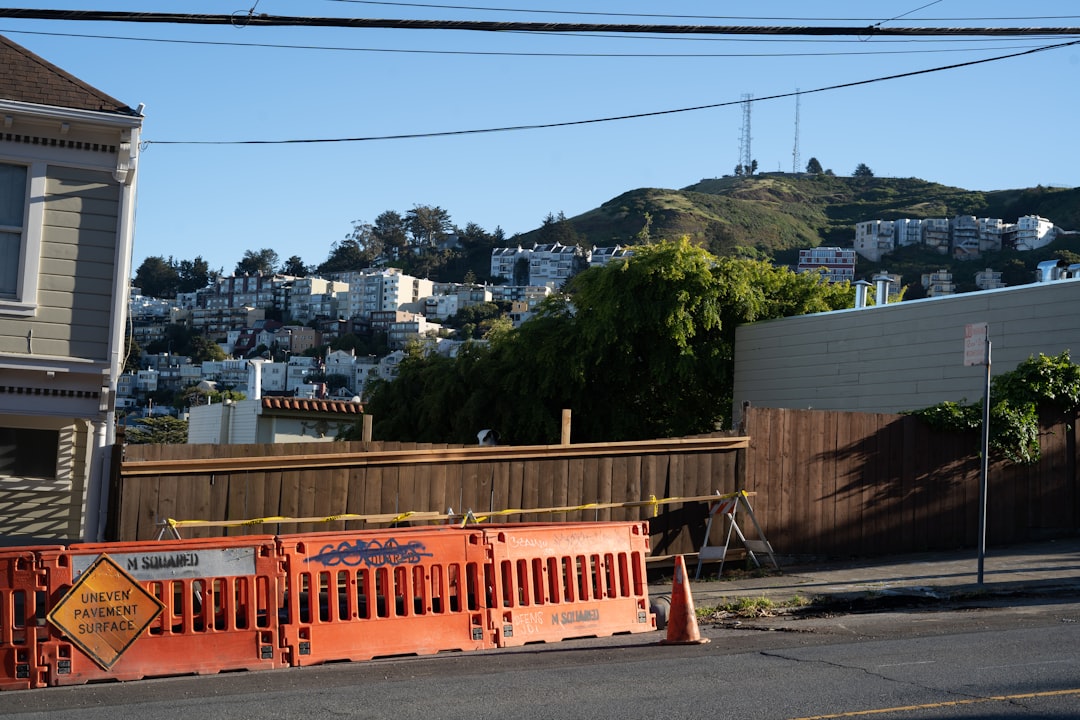Neighborhood Gate Systems Cost: A Complete Guide for Construction Professionals
In 2025, the cost of installing neighborhood gate systems varies significantly based on several factors. For construction professionals, understanding these costs is crucial for accurate budgeting and project planning. Here's a detailed breakdown of the costs involved:
- Basic swing gate with keypad access: $9,500 – $15,000 per entrance
- Mid-grade slide gate with loop detectors and video intercom: $18,000 – $27,000 per entrance
- Premium cantilever gate with RFID, cloud monitoring, and decorative masonry columns: $32,000 – $48,000 per entrance
These costs include materials, fabrication, installation, system programming, and first-year maintenance. Stay updated with real-time pricing to ensure your estimates reflect current market conditions.
Key Cost Drivers in Gate System Installation
Understanding the major cost drivers can help construction professionals manage budgets effectively:
- Gate Type & Construction: Swing systems are generally less expensive but require more space. Slide or cantilever systems involve more complex hardware, increasing costs.
- Access Control Technology: Basic systems are cost-effective, while advanced technologies like RFID and video intercoms can add $3,000 – $7,000 per entrance.
- Power & Communication Runs: The distance of trenching and cabling significantly impacts labor costs, ranging from $1,200 to over $6,000.
- Site Conditions: Soil type and drainage affect foundation requirements, influencing concrete costs.
- Decorative Upgrades: Custom finishes and lighting can increase costs by 15-25%.
Accurate Budgeting with AI-Powered Tools
Utilize AI-powered tools to replace guesswork with precision. These tools can import blueprints, detect site specifics, and provide real-time pricing, ensuring accurate and defensible cost forecasts.
Budget Breakdown Example
Here's a typical budget breakdown for a 20-foot sliding steel gate project:
- Gate fabrication and powder coat: 34% of budget
- Operator, sensors, and control board: 22% of budget
- Footings, track, and concrete pads: 18% of budget
- Electrical trenching and conduits: 11% of budget
- Access control hardware and programming: 9% of budget
- Commissioning and miscellaneous: 6% of budget
Financing and ROI Considerations
Investing in neighborhood gate systems can offer significant returns:
- Reduced insurance premiums due to decreased vandalism and theft.
- Increased property values, with gated communities often seeing a 3-5% price lift.
- Decreased municipal road wear due to controlled access.
Implementation Process for Construction Professionals
Follow these steps for a successful gate system installation:
- Initial Consultation: Discuss project goals and budget expectations.
- AI Takeoff Session: Upload site plans for precise measurements and cost coding.
- Design & Value Engineering: Balance aesthetics and cost targets.
- Final Proposal & Timeline: Receive a detailed contract and schedule.
- Fabrication & Installation: Coordinate with trade partners for efficient execution.
- Commissioning & Training: Ensure proper system setup and user training.
Cost-Saving Tips for Construction Professionals
- Opt for aluminum over steel to reduce weight and motor size.
- Centralize power conduits to minimize trenching costs.
- Bundle related projects to leverage economies of scale.
- Use powder coating for durability and reduced maintenance.
- Monitor material prices to time purchases strategically.
Why Choose Advanced Estimating Tools
Advanced tools offer:
- High estimate accuracy verified across numerous projects.
- Instant revisions for specification changes.
- Centralized document management for streamlined project oversight.
Get Your Tailored Cost Estimate
For a precise cost estimate tailored to your project, visit CountBricks.com or call our hotline. Our tools provide data-rich proposals to keep your project on budget and on schedule.
Case Study: Oak Ridge Estates
Oak Ridge Estates faced a wide range of bids for their new slide gate. By leveraging advanced estimating tools, they received a precise estimate of $24,750, closely matching the final cost.
Key Savings Strategies
- Value-Engineered Columns: Reduced material weight by 37% without altering appearance.
- Shared Conduit Trench: Split excavation costs with a concurrent project, saving $2,100.
- Sensor Bundle Purchase: Bulk ordering reduced unit prices by 11%.
Outcome Metrics
- Installation completed ahead of schedule.
- High resident satisfaction rate post-installation.
- Property values increased by 4.2% within six months.
Takeaways for Your Project
- Upload blueprints early to identify cost-saving opportunities.
- Bundle projects to unlock supplier discounts.
- Use real-time tracking to ensure budget adherence.
For a detailed estimate, schedule your AI session at CountBricks.com.

